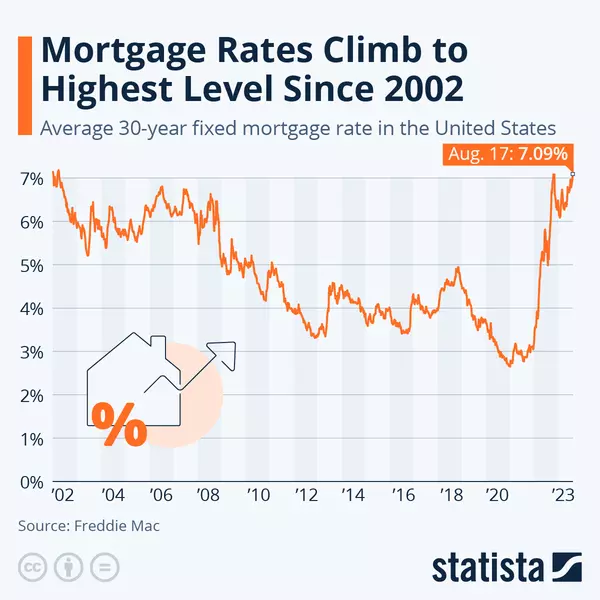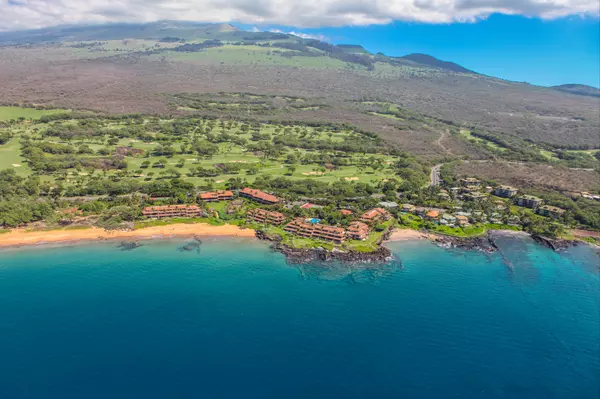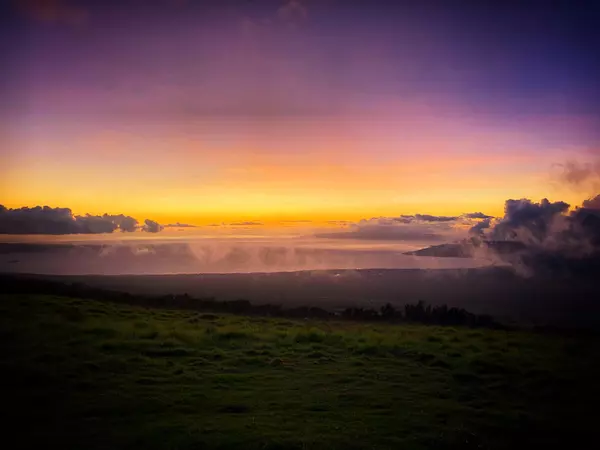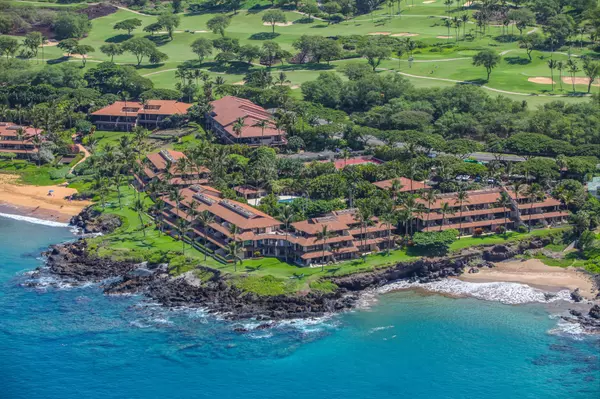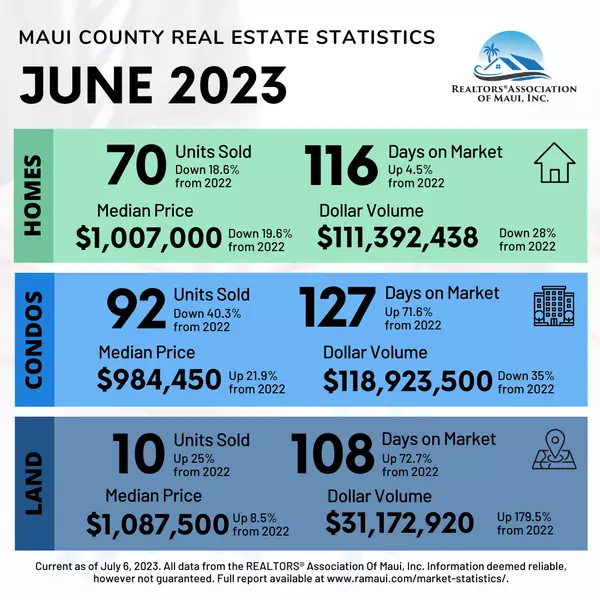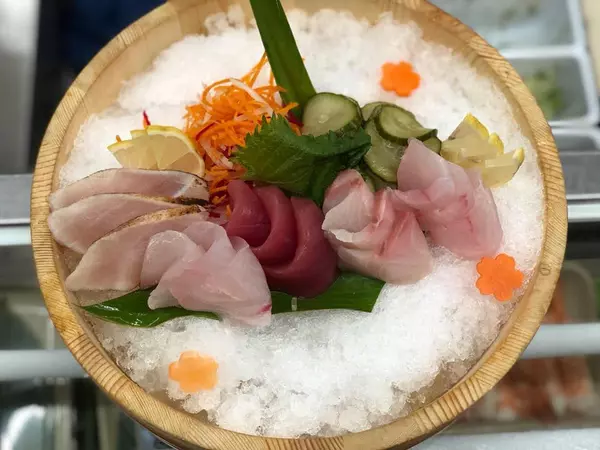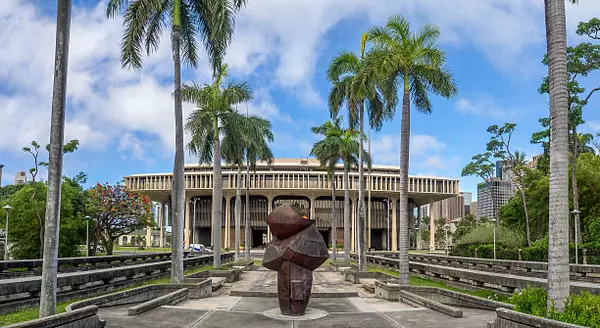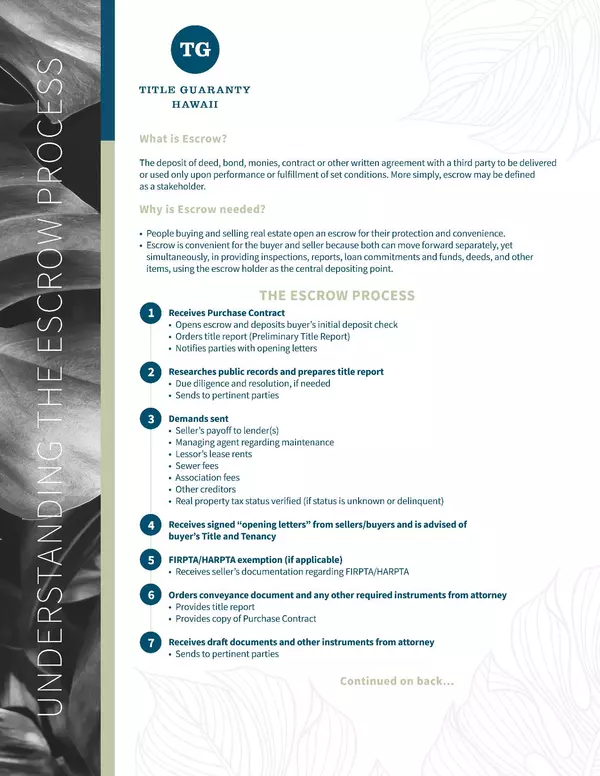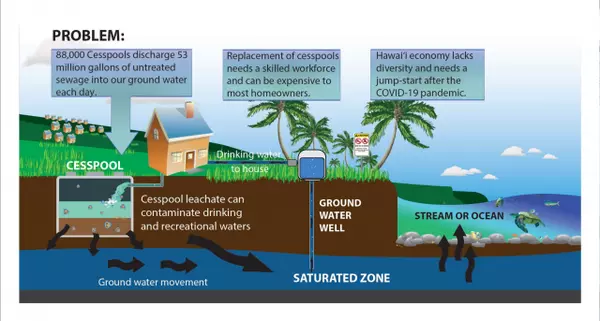
Navigating Home Wastewater Systems in Maui: Your Ultimate Guide
I. Introduction Aloha! Welcome to the paradise of Maui, a breathtaking oasis that attracts visitors and potential homeowners from around the world. While the picturesque views and beautiful weather often steal the spotlight, one aspect of owning a home here often goes unnoticed, yet is equally impor
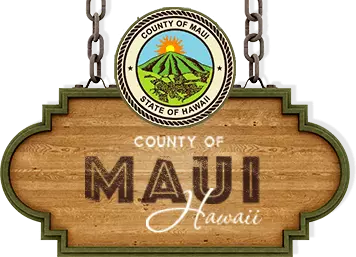
An Updated Look at Maui County's Property Tax Rates for 2023/2024
I. Introduction Aloha! As we navigate the ever-evolving real estate landscape here on the stunning island of Maui, it's crucial to stay updated on changes that could impact our property investments. A key aspect of property ownership is understanding property tax rates, which can fluctuate from year
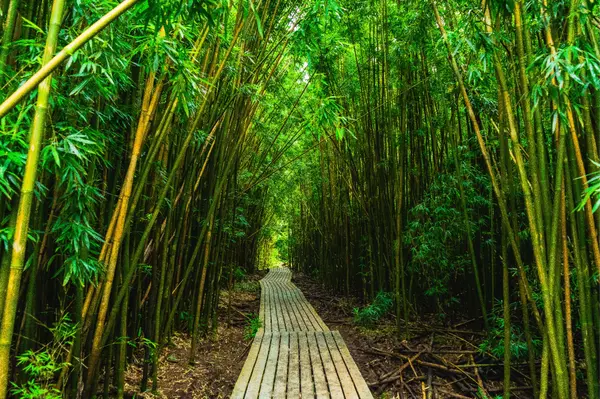
Exploring the Enchanting Pipiwai Trail (Bamboo Forrest) in Maui with Gray Marino and Family
Exploring the Majestic Pipiwai Trail with My Family Introduction: Join me, as I share my family's unforgettable experience hiking the Pipiwai Trail on the beautiful island of Maui. This popular four-mile roundtrip trail takes you on a mesmerizing journey through bamboo forests and leads to the magni
Categories
Recent Posts
